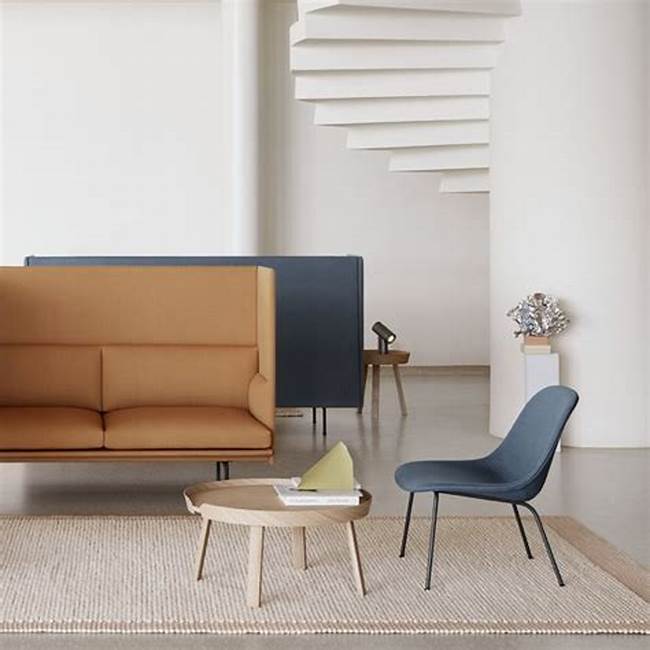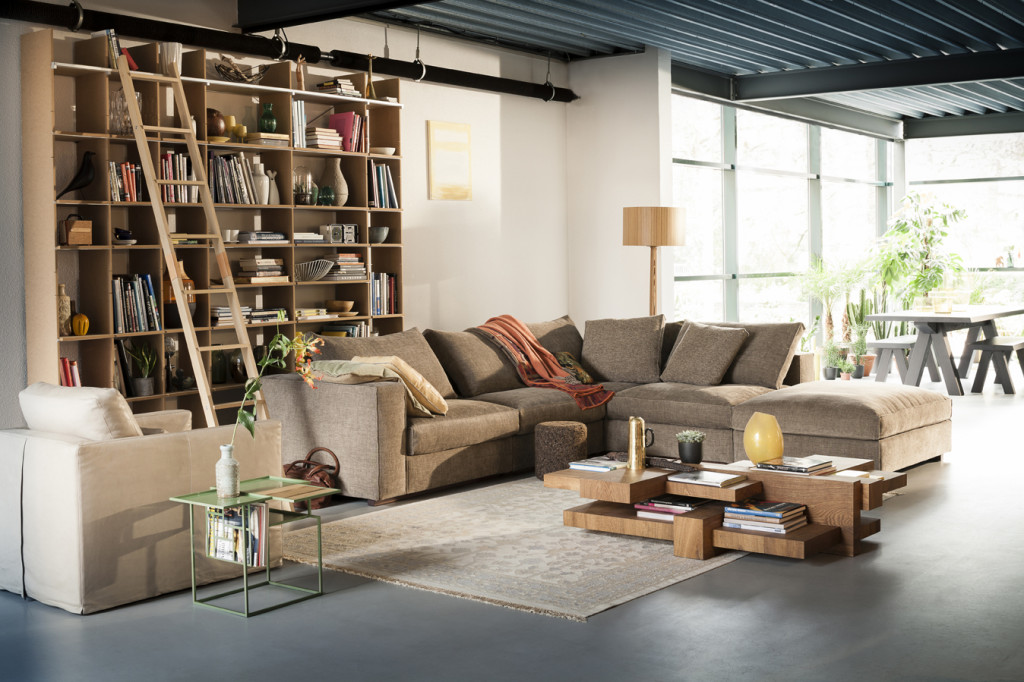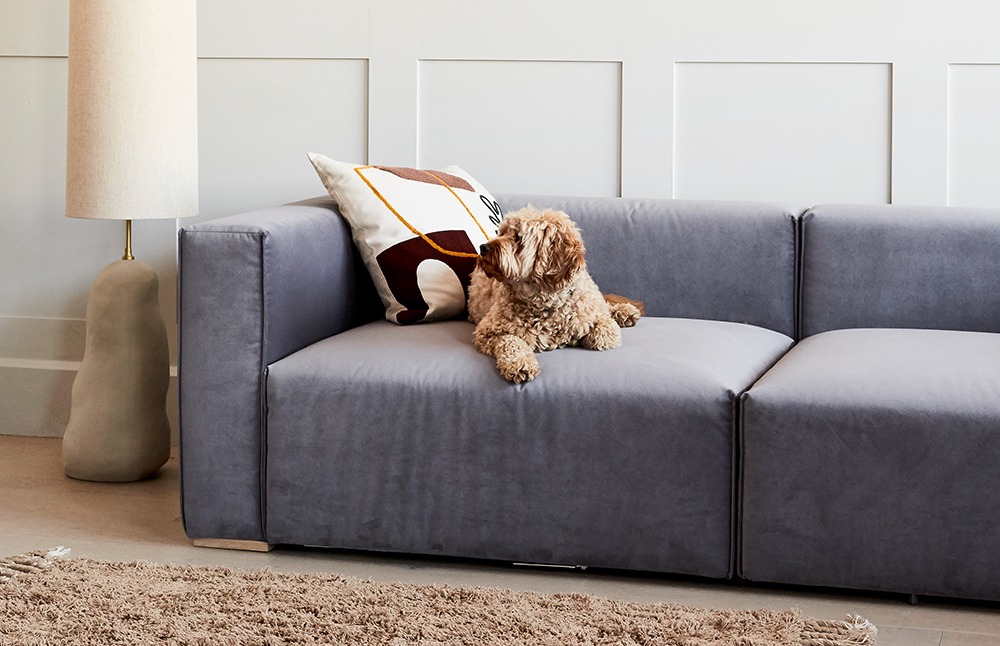Sofas are a staple in most homes, providing comfortable seating for families to relax and spend quality time together. However, these upholstered furnishings can be quite an investment. Following proper storage methods can help keep your sofa in optimal condition, so it lasts for many years to come. Here are some expert tips on storing a sofa the right way.

Prep Your Sofa for Storage
Before stowing your sofa away, it helps to do some prep work to protect it during its time in storage. Here are some steps to take:
- Clean thoroughly – Vacuum up dirt, debris and pet hair. Spot clean any spills or stains. This prevents attrition from grit and soils, which can degrade fabrics over time.
- Inspect condition – Look for any rips, tears or damage that may need mending before storage. Address any issues to stop additional wear.
- Photograph how sofa sections fit together – If your sofa breaks down into components, photograph how the cushions, arms, backs and hardware connect. This aids proper reassembly later.
- Disassemble if needed – For sofas that come apart, remove hardware and take sections apart for easier storage. Pad edges to prevent scuffs.
- Let cushions air out – If removable, take cushions off the frame and allow it to air out so moisture evaporates. Plump and smooth, fill before storage.
Choose the Right Location for Storing Your Sofa
Where and how you store your unused sofa makes a big difference in its longevity. Consider these factors when selecting storage space:
- Indoors in a climate controlled area – Attics, basements and spare rooms work well. Avoid damp garages or sheds.
- Lay flat or stand upright – Laying flat helps retain shape. Standing upright takes less space but can cause sagging.
- Away from windows – Direct sunlight can fade and degrade fabric. Keep sofa out of bright light.
- On a level surface – Uneven floors can warp wood frames over time. Lay sofa on a flat, hard floor.
- Low-traffic area – Choose a space away from high activity to prevent accidental damage.
- Accessible location – Pick an area you can easily move the sofa in and out of without obstacles.
- Pet and pest free zone – Keep furry friends away to avoid claws snagging fabric. Avoid bugs.

Use Protective Coverings
The right cushioning materials can shield your sofa from dust, dirt, scrapes and indentations while in storage. Here are some smart protective options to try:
- Sofa covers – Fitted, breathable covers guard the entire sofa frame and cushions. Look for covers specifically sized for sofas.
- Furniture pads – Thick, soft pads cushion pressure points on frames. Place under legs and arm rests that touch the floor.
- Moving blankets – These thick, quilted blankets make great affordable padding to wrap around sofa cushions and backs.
- Sheets – Old sheets or lightweight furniture covers work for encasing sofa cushions while in storage.
- Plastic wraps – For long-term storage, carefully wrap sofa in plastic sheeting to create a dust barrier. Avoid excess moisture buildup.
- Acid-free tissue paper – Use archival tissue between cushions and in crevices to prevent dye transfer from fabrics touching.
Give Your Sofa Some TLC in Storage
A little extra care while your sofa is stashed away will keep it preserved for when you eventually bring it back into service. Follow these tips:
- Maintain shape with fillers – Stuff cushions with filler to retain shape. Use acid-free tissue, spare towels or cotton sheets.
- Rotate position – If standing upright, periodically change which side faces outwards to vary weight distribution.
- Air it out – Every so often, unzip covers and let the interior foam and fibers breathe to reduce moisture.
- Inspect for pests – Check for signs of mice or insects nesting in cushions and treat accordingly.
- Tend to damaged areas – Touch up scuffs, repair tears and mend seams, so issues don’t worsen over time.
- Keep dusted – Wipe down before placing back in storage to remove any settled dust.
- Freshen fabrics – Lightly spritz upholstery with natural fresheners like lavender water or vodka spray.
Remove Sofa from Storage Carefully
When your sofa comes out of storage, take care in the removal process to prevent new damage:
- Clear a wide path – Ensure you have a straight, wide route to move the sofa without bumping walls or tight squeezes.
- Watch out for snags – Beware of zippers, buttons and jewelry snagging delicate fabrics as you slide the sofa out.
- Re-assemble properly – Refer to your disassembly photos and instructions to correctly rebuild sofa frame and place cushions.
- Inspect closely – Look over every inch for new flaws like punctures or crushing that may have occurred while stored away.
- Fluff cushions – Punch down and smooth out cushion interiors, so they regain their plushness.
- Vacuum thoroughly – Use hose and attachment tools to extract all dust and particulates that settled while the sofa was stashed.
- Clean entirely – Shampoo cushion covers, spot clean upholstery and tidy hardware, so the sofa looks its best.
- Freshen air – Allow sofa to air out in fresh open room before placing back in service to release any lingering musty odors.
Protect Investment with Proper Sofa Storage
Sofas are big ticket items for your home decor, so take measures to protect them from harm while not in everyday use. Follow these expert tips on prepping, cushioning, monitoring and carefully removing your sofa from storage. With the right care while stashed away, your sofa will regain its showroom glory when finally brought back out for display. Investing a little time upfront will help safeguard your sofa for many more years of family enjoyment.
